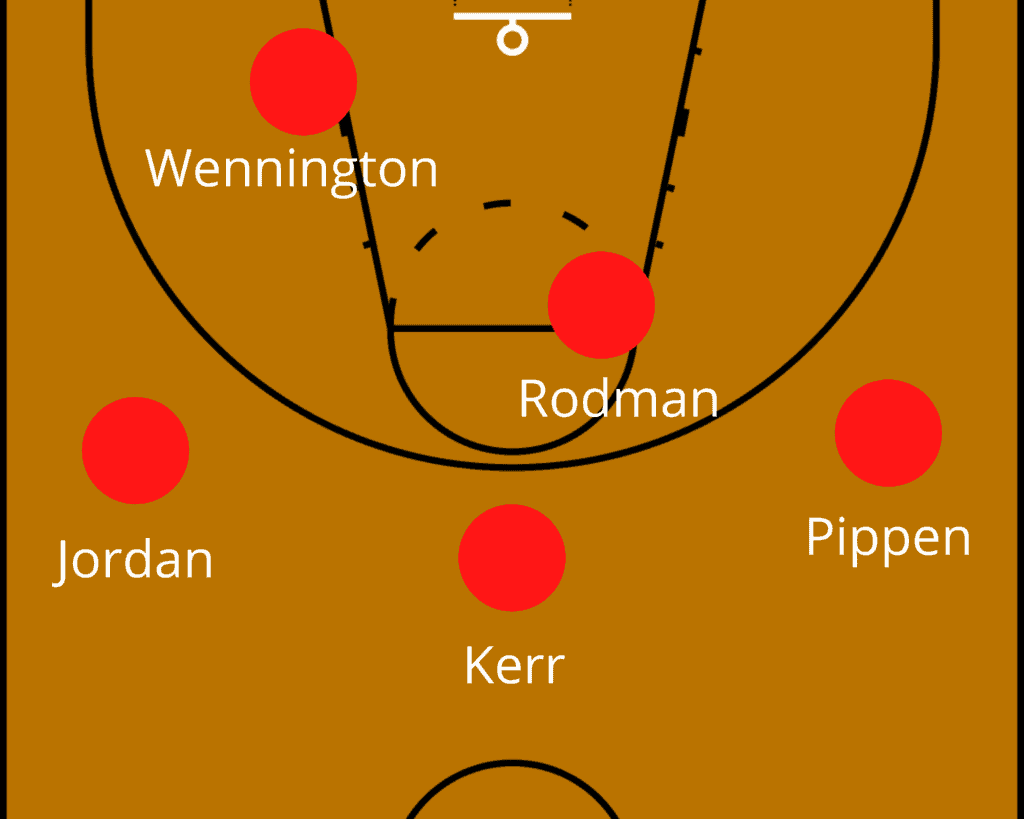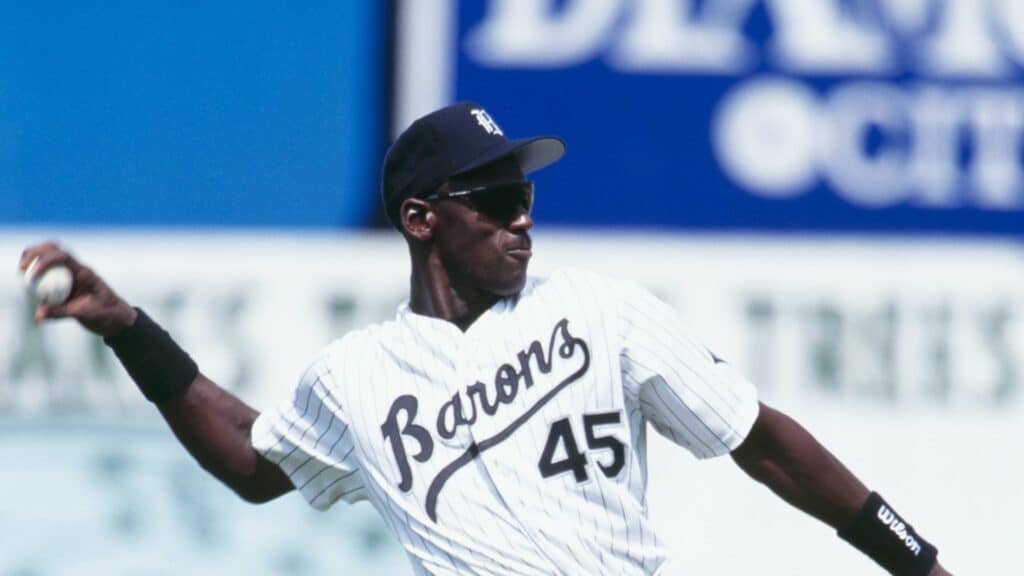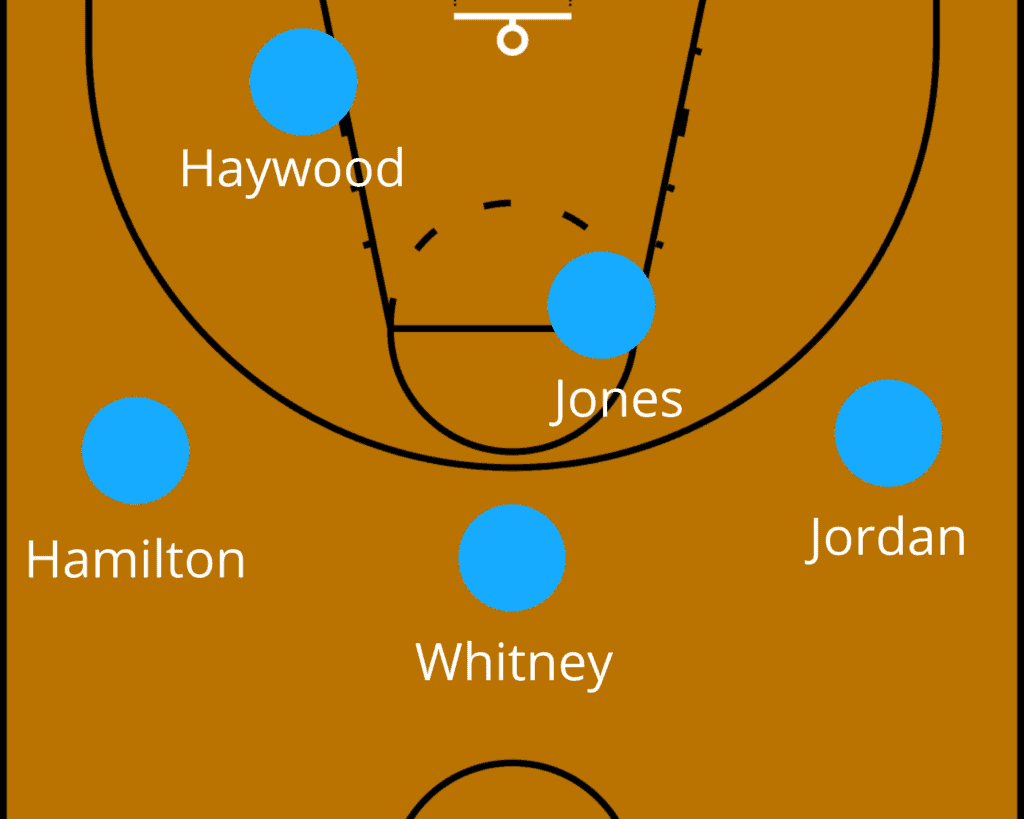Depending on what age group you’re in, you probably hitch your GOAT cart to one of three players. If you were born in the year 2000 or later, Lebron James is likely your pick. If you were born in the ’90s like me, Kobe might be your guy. Anyone who watched basketball in the ’80s and ’90s will undeniably say Michael Jordan is the only sound choice.
I was born in 1992; by the time I was old enough to absorb any kind of information from watching basketball Kobe was at his most dominant. He was paired up with Shaq winning 3 championships in a row from 2000, 2001, and 2002. A few years later, in 2006, Kobe dropped 81 points, and I thought for sure that would cement him as the greatest of all time. But then something happened. I watched “The Last Dance” Chicago Bulls HBO documentary. I got an insight into an era that I was too young to witness. After seeing behind-the-scenes clips of the sheer competitiveness of Michael Jordan, I completely changed my tune on the GOAT talk. MJ would famously create stories of players wronging him just to amp himself up to enact revenge. This mindset would lead him to win 6 NBA titles in 6 NBA appearances.
What Positions Did Michael Jordan play? Michael Jordan played as a shooting guard with the Chicago Bulls until 1998. In baseball, he was a right field and when Jordan played for the Washington Wizards he was a small forward.
Michael Jordan was listed as 6’6”, which gave him a lot of versatility regarding what positions were available for him to play, especially factoring in his athleticism for that size. He took advantage of that versatility by playing multiple positions throughout his career.
Shooting Guard
Michael Jordan’s most notable position came as a shooting guard. The shooting guard is considered the most athletic position in basketball, and MJ was really the ideal prototype at the two-spot. He was 6’6’”, 198 pounds, had a long wingspan, big hands, and was incredibly explosive. His lockdown defense made him a nightmare to opposing shooting guards. Even though he was a typical height, he was in a league of his own athletically. Jordan played the shooting guard position for the Chicago Bulls from when he was drafted in 1984 to when he retired to play professional baseball in 1993. He then came back into the league and continued to play shooting guard for the bulls from the 1994-1995 season to 1998, when he retired for a second time. One of the factors that allowed him to remain at the shooting guard was having the best small forward in the league, Scottie Pippen, as his teammate. They were the best 2-3 punch in the league for as long as they played together.

Baseball Career- Right field
After Jordan’s first Championship 3-peat in 1993, he shockingly retired from the sport of basketball. He wanted to pursue baseball. It is said that his father always dreamed of him being a baseball player. In the summer of 1993, James Jordan Sr. was murdered, which may have played a factor in Michael’s retirement. Michael officially signed with the White Sox on Feb 7, 1994. Jerry Reinsdorf was the owner of the White Sox as well as the Chicago Bulls at the time. Jordan played 127 regular-season games for the Birmingham Barons, the White Sox’s AA Affiliate team, as a Right Fielder. His stats were not spectacular, but there was a general consensus that he only needed to play more. He was trending in the direction of being MLB-ready. His stats looked like this, according to SportingNews:
- 127 games, 497 plate appearances, 436 at-bats
- .202/.289/.266 (average/on-base/slugging), .556 OPS
- 88 hits: 17 doubles, 1 triple, 3 homers
- 51 RBIs, 46 runs scored
- 30 stolen bases/18 caught stealing
- 51 walks, 114 strikeouts
He only played one season of baseball before returning the basketball and would continue to dominate there.

Small Forward
After Jordan’s second 3-peat during the 1996,1997, and 1998 seasons, he retired again. He came back into the league in 2001 to play for the Washington Wizards – I know, what a rollercoaster ride. Coming off a 3-year vacation, MJ came into the league a little older, heavier, and less athletic, so he cozied into a Small Forward position with the Washington Wizards for his two final seasons. For an aging star coming in from a multi-year layoff, he actually put up pretty respectable numbers. Nothing compared to his absolutely insane production during his championship years. Still, at almost 40 years old, he was averaging 21 points a game and over rebounds across the 2001 and 2002 seasons. He was selected for the all-star game in both of those seasons. After his two years with the Wizards, he would retire again. This time it was for good.

Point Guard
This is a bonus piece of info. It’s hard to find anything on the internet about Michael Jordan playing Point Guard, but it happened! During the end of the 1989 season, the Bulls 1-guard Sam Vincent was having a tough time running the offense. Jordan expressed how displeased he was to the coach and was moved into the position. Jordan played point guard for a stretch of 24 games. While he didn’t exactly fit the PG mold at the time, most point guards had a pass-first mind state and stood at about 6’1” or shorter, he was completely dominant. He dropped a triple-double in 10 of the last 11 games and averaged 33.6 points, 10.8 rebounds, and 11.4 assists per FadeAwayWorld.net. This proved his dominance as an overall player and athlete and added to his “Greatest Of All Time” conversation.
Michael Jordan was a player who could not be bound to any one position. With his size, athleticism, and defense, he was an absolute menace at the point, shooting guard, or small forward. If you dropped him into a small-ball team in today’s NBA, I’m confident that he could hold his own as a power forward as well.
I’m ready for the GOAT debate to be over and MJ to get his flowers.
